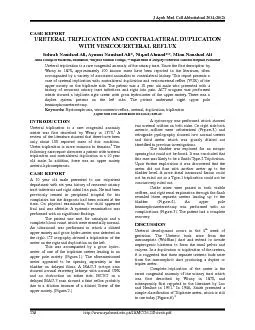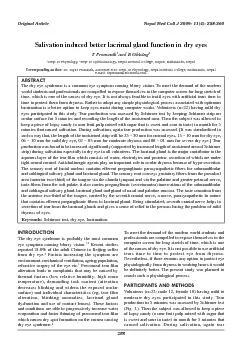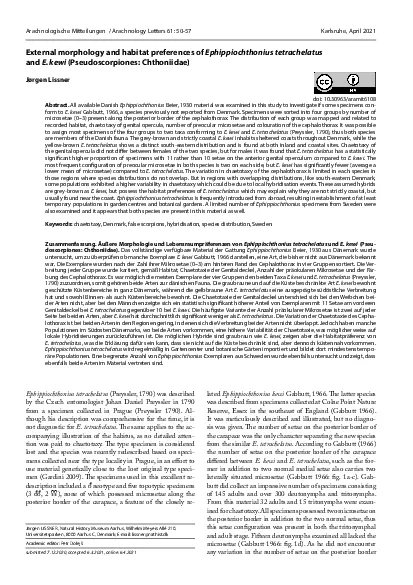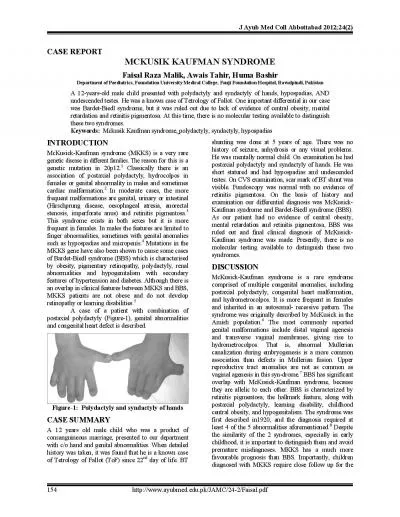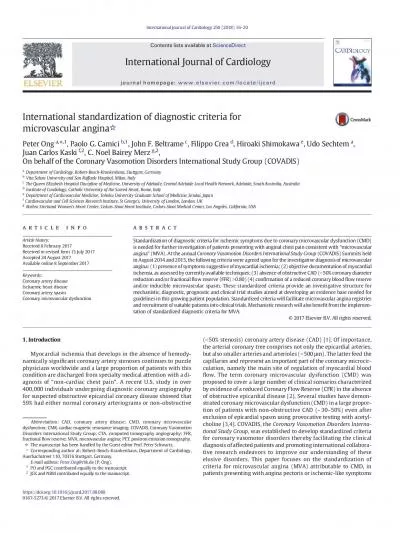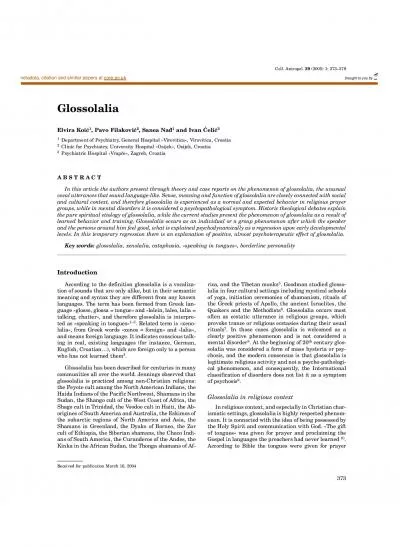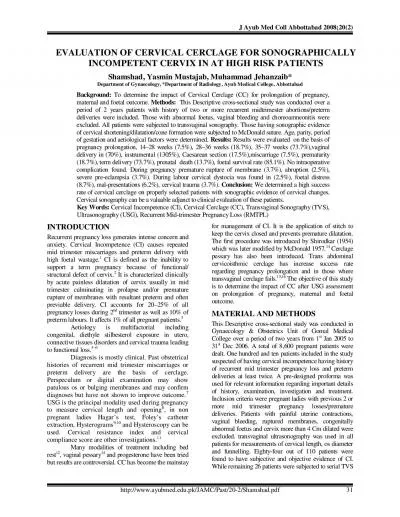PDF-J Ayub Med Coll Abbottabad 2014;26(2)
Author : myesha-ticknor | Published Date : 2015-11-20
httpwwwayubmededupkJAMC26 2Sohrabpdf 258 CASE REPORT URETERAL TRIPLICATION AND CON TRALATERAL D UPLICATION WITH VESICOURETERAL REFLUX Sohrab Naushad Ali Aymon Naushad
Presentation Embed Code
Download Presentation
Download Presentation The PPT/PDF document "J Ayub Med Coll Abbottabad 2014;26(2)" is the property of its rightful owner. Permission is granted to download and print the materials on this website for personal, non-commercial use only, and to display it on your personal computer provided you do not modify the materials and that you retain all copyright notices contained in the materials. By downloading content from our website, you accept the terms of this agreement.
J Ayub Med Coll Abbottabad 2014;26(2): Transcript
Download Rules Of Document
"J Ayub Med Coll Abbottabad 2014;26(2)"The content belongs to its owner. You may download and print it for personal use, without modification, and keep all copyright notices. By downloading, you agree to these terms.
Related Documents

